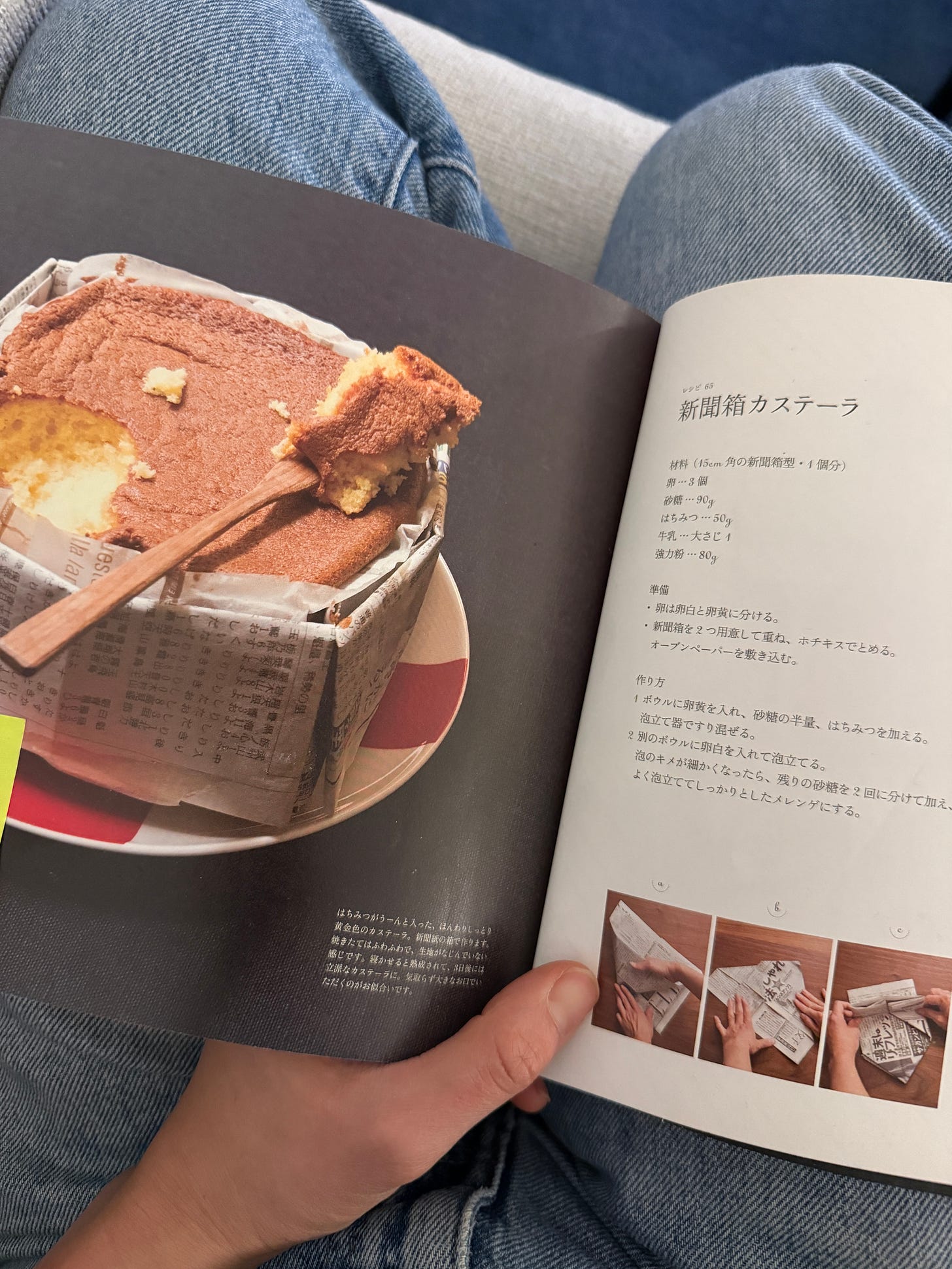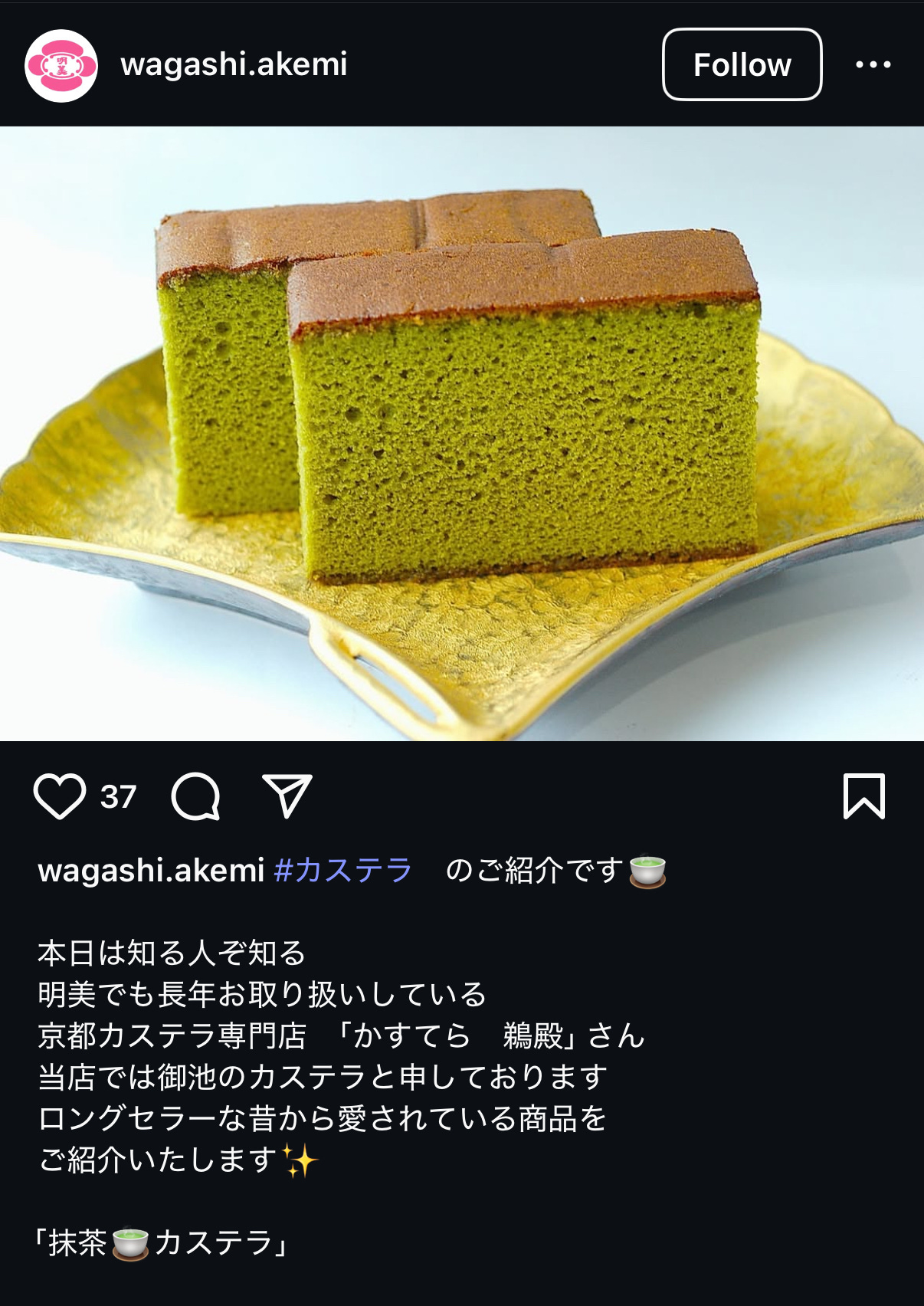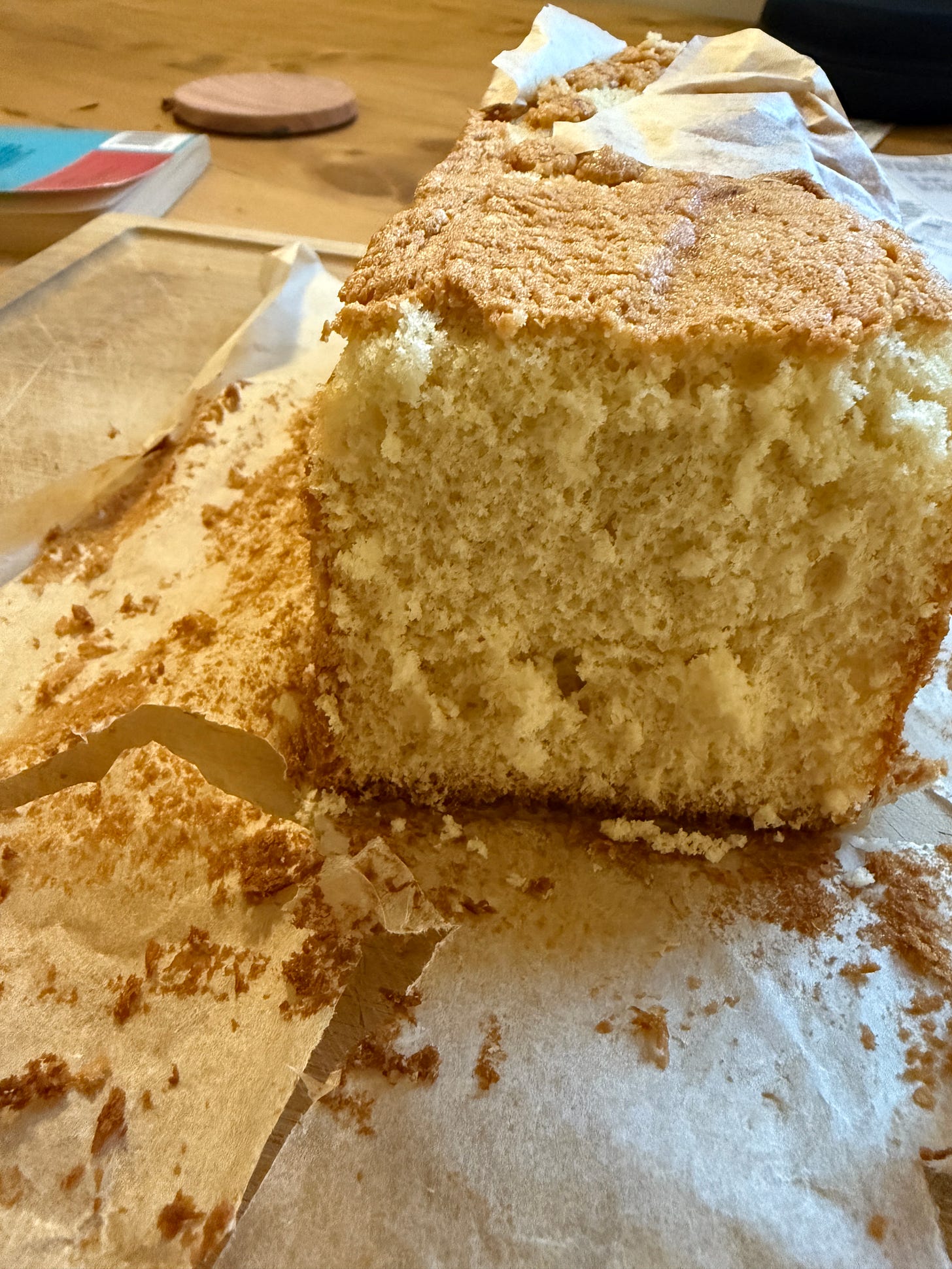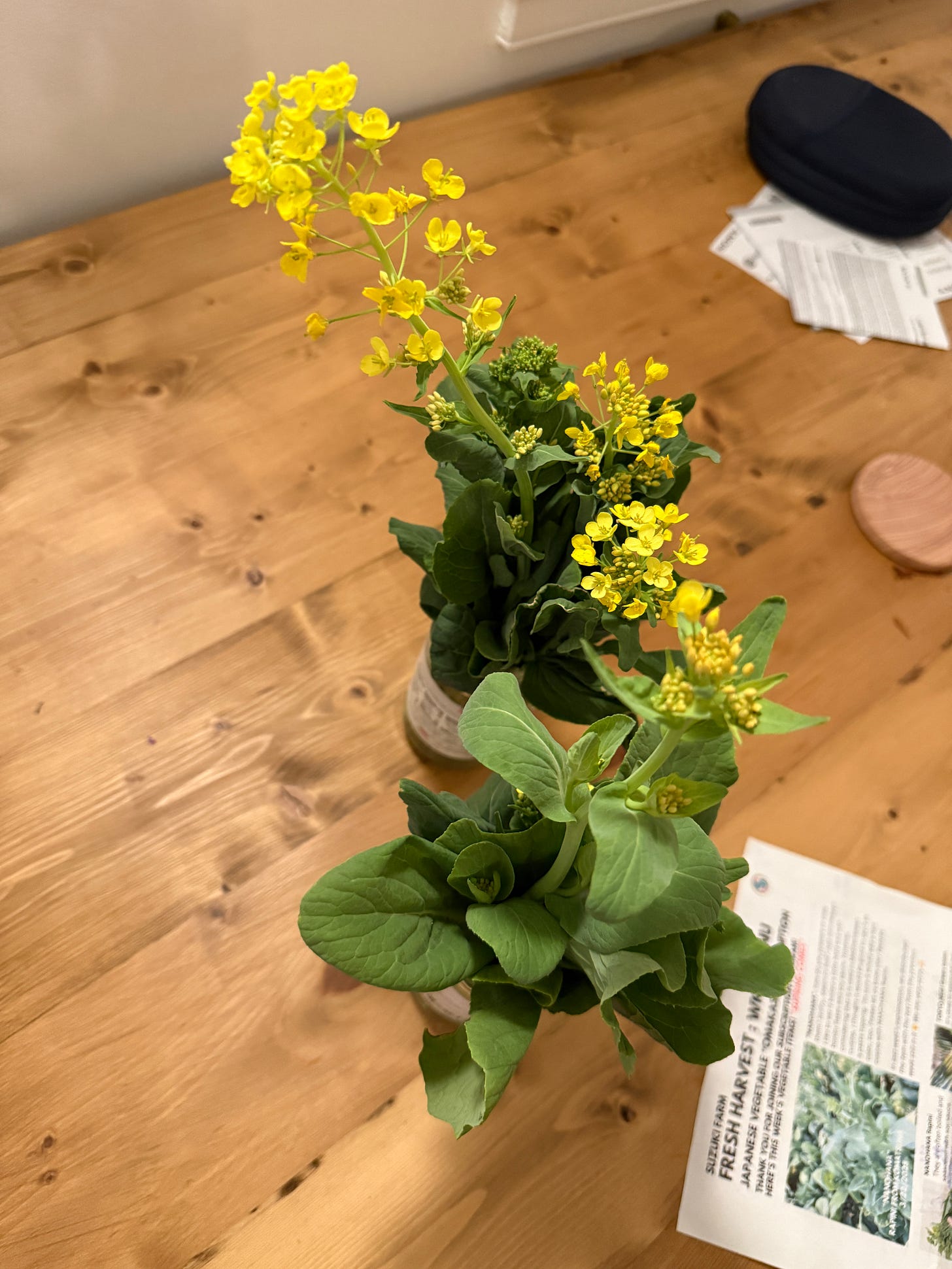I am currently driven to recreate a Japanese castella, that sticky and spongey cake available seemingly at every Japanese pastry shop.
Made primarily of eggs and mizuame (a clear syrup historically made from rice), castella is one of the older western style treats1 and would have been based off of sweets brought over by the Portuguese in the 16th century. Nagasaki2 is especially famous for it and the (highly recommended) Fukusaya (established in 1624! brand even lines the shelves at Narita airport, but every Japanese pastry shop seems to have its own version of this (I grew up on the version baked by Kikuya in the plain and matcha varieties). Fukusaya and other Nagasaki castellas are embedded with large grains of sugar while the cake is also sticker overall than those from Kikuya.
Given their long history in Japan, they are considered a wagashi (Japanese sweets as opposed to yogashi, or western sweets), despite their western inspiration and exist in many variations, including one that sandwiches yokan (red bean set with gelatin) - known as siberia. Siberia was featured in the Miyazaki movie The Wind Rises 風立ちぬ and can be purchased at what looks to be the cutest of stands at the Ghibli Park.
I could have purchased my castella in midtown at Minamoto no Kichoan, the only wagashi shop in the tri-state area, but I thought that (given the proliferation of recipes online) I could try to do this at home - unlike other wagashi that require specialty rice flours and beans, the ingredients at least (eggs, flour, sugar, mizuame) are simple enough to find.
Trying to recreate - a photo of matcha castella from Kyoto’s Castella Udono
I started with a recipe from this adorable book by Chikako Tada that I found on my shelf, purchased on a trip to Japan from years ago. I love this book - filled with vignettes from her life in Kyoto and her former life as a journalist to accompany her recipes for matcha sables, sardine tuiles, and black bean pound cake. Her castella recipe seemed generally traditional in its ingredients and method, except that it uses honey instead of mizuame (which I don’t have anyway). I used a honey that I bought last fall from a roadside vendor in Fukuoka.
Chikako Tada’s cookbook
Her recipe is as follows:
Chikako Tada’s Castella, slightly adapted:
3 eggs3
90g sugar
50g honey
1 tablespoon milk (I omitted this because Fukusaya’s recipe does not have milk)
80g bread flour
(optional addition by me) 1 tablespoon coarse (I used demarera) sugar to line the tin
(you can also customize as you like - matcha is popular IF YOU CAN FIND IT)
Preheat oven to to 180C/350F
Separate eggs. Whisk honey and half of the sugar into the yolks until smooth.
Whip whites while slowly adding sugar to form stiff peaks.
Lighten the yolks by adding 1/3 of the egg whites and then fold in the yolks into the egg whites.
Sift in the bread flour and fold in to combine.
Pour into a pan lined with parchment paper into which you have sprinkled the demarera (she creates a box from folded newspaper - I lined my loaf tin).
Bake for 1 minute. Stir lightly with a chopstick. Bake for another minute. Stir lightly with chopstick.
Lower heat to 150C/300F and bake for ~50minutes.
Remove and cool upside down. Wrap tightly and refrigerate for 2-3 days.
Trim the edges off of the cake and slice
Not too fault the recipe, as I omitted the milk and baked it in a metal tin rather than newspaper, but after 2 days in the fridge, the cake is still much fluffier than I would have liked and not as dense.
I don’t know what to do about this, except to try a different ratio (more syrup? to add water in lieu of the milk I didn’t add?) and to perhaps bake for less time? This version on Youtube looks promising.
Other notes:
My nanohana from the other day are flowering so hard in their jars! It feel a shame to cook them.
Salt Lake City I love you
During my week in Salt Lake City last month, my friends and I stopped at a Costco (because skiing makes you hungry enough for Costco sizes). The Salt Lake City Costco was a destination - we wandered, got lost, and snapped photos of the ENTIRE FROZEN pigs and goats in the freezer section. While she would skip the goats, my mother does buy some things at Costco - read her list here.
Why is it called castella? According to Fukusaya’s extensive Q&A, it is based off of the Spanish bizcocho and was introduced by the Portguese to Japan as “bolo de castella.” See also - Reddit discussion re etymology of “bolo.”
Watchers of Shogun would know that Japan was closed to the world from 1639-1853, with only limited trading allowed at Dejima in Nagasaki.
Extravagant I know, in this time of bird flu.











I love this post! That recipe book resembles a child’s picture book cover. So delightful. And supermarket tourism - I think I take snaps every time I travel overseas. Not seen entire frozen animals though!